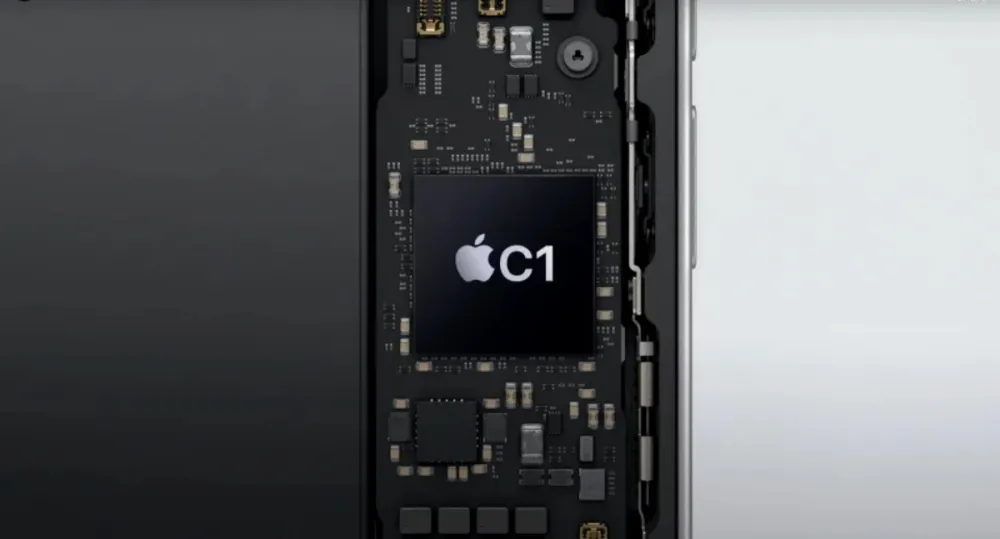
Apple has recently unveiled the iPhone 16e, marking the debut of its first proprietary 5G modem chip, the Apple C1. Furthermore, reports suggest that Apple is already in the process of testing the Apple C2, a next-generation connectivity chip designed for its upcoming iPhone models.
The Apple C1 supports sub-6GHz 5G connectivity with a 4×4 MIMO configuration and is also equipped with Gigabit LTE capabilities, maintaining the same 4×4 MIMO support. Additionally, it is compatible with Wi-Fi 6 and Bluetooth 5.3.
However, when compared to Qualcomm’s Snapdragon X75 and other contemporary 5G modem chips, the Apple C1 exhibits a noticeable gap in data transmission performance. Unlike Qualcomm’s designs, which integrate the modem directly with the processor, the Apple C1 remains a standalone component, occupying a significant portion of the motherboard and impacting power consumption. Despite these limitations, the chip still delivers a connectivity experience that meets the needs of most users.
It is likely that Apple introduced the C1 primarily as a testing ground, using the iPhone 16e to gauge real-world performance and user feedback. If this is the case, the subsequent Apple C2 is expected to bring notable improvements in data transmission efficiency. Moreover, leveraging advanced semiconductor fabrication processes, Apple may integrate the C2 directly with the processor, optimizing power consumption and reducing the internal footprint of the device.
Apple’s head of processor design, Johny Srouji, has hinted that the Apple C1 is merely the beginning. Based on this statement, it is plausible that the forthcoming iPhone 17 series, set for release this fall, will feature the Apple C2 connectivity chip, further refining Apple’s in-house modem technology.
Related Posts:
- Threat Alert: Kryptina Ransomware Targets Linux Systems
- Google Cloud Services Disrupted in UK Due to Power Outage
- D-Link router and modem vulnerabilities are being exploited by Satori IoT botnet
- United States urges Australia: Huawei equipment is not trusted for the construction of 5G networks